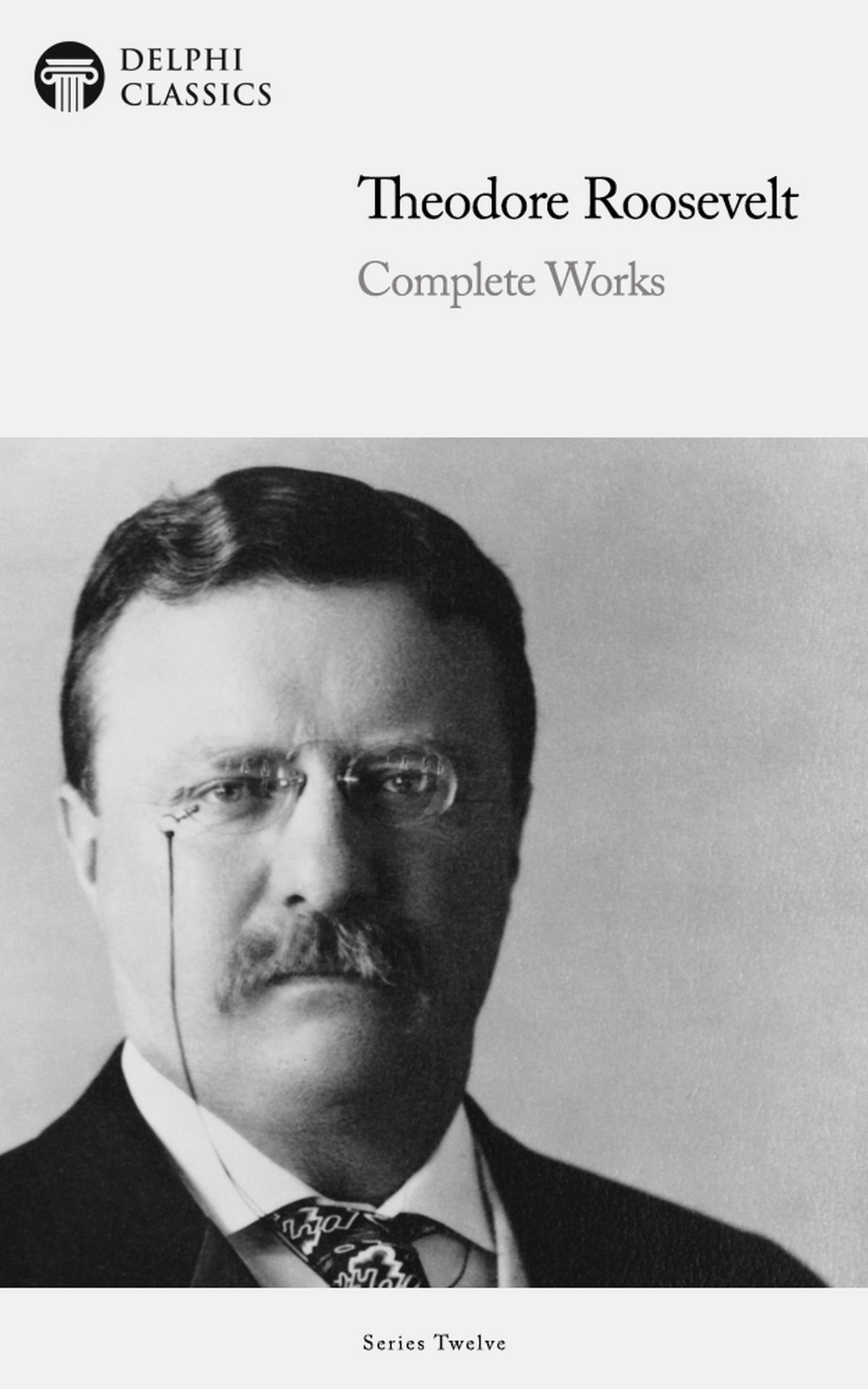Morganization What it is How it Works Theodore Roosevelt

Morganization: What it is, How it Works, Theodore Roosevelt
What Is Morganization?
Morganization is the name given to monopolization techniques used by investor and banking mogul J.P. Morgan in the 19th century. Morgan lured European financiers into America by taking over an industry and stabilizing it through monopoly. He turned the industry into a single, stable, profitable entity that was more palatable to European bankers.
Key Takeaways
– Morganization refers to the strategy employed by J.P. Morgan in the 19th century to create industrial monopolies.
– He identified weak or small players in a particular sector, such as railroads or steelmaking, and effected a series of mergers, ultimately crafting powerful monopolies.
– Morgan’s tactics challenged U.S. anti-trust laws and competition, resulting in the breakup of many monopolies in the 20th century.
Understanding Morganization
J.P. Morgan "morganized" the railroad industry by taking over small underfinanced companies. He streamlined their management and operational efficiency, allowing each small company to join forces and become a dominant player. He used the same approach to take over the steel, electricity, and banking industries. The solid, steady growth that resulted transformed the U.S. from a debtor nation to one that was able to lend money to others.
Morgan reinvented how monopolies can be created by eliminating competition through buying up smaller companies, decreasing prices until competitors went bankrupt, buying up the bankrupt competitors to cover more market ground, and slashing the workforce and wages. These actions maximized the monopoly’s profit. Morgan eventually took control of three major industries: railroads, electricity, and steel. His dedication to efficiency and modernization revolutionized American business. J.P. Morgan & Co. (along with his partners) built an estimated net worth of over $22 billion.
Perhaps the greatest example of Morganization at work was the formation of U.S. Steel in 1901. By the end of the 19th Century, the steel industry had overtaken railroads as the most important U.S. industry. Massive new companies were organized and capitalized to satisfy the growing demand for steel in the construction of buildings, bridges, factories, and railroads.
The goal of U.S. Steel was to vertically integrate all phases of steel production, from ore acreage and coal mines to blast furnaces, steel mills, finishing mills, and transportation of steel goods by barges and railroad lines. As a result, U.S. Steel became the largest operator and lowest-cost producer in the steel business.
Morgan vs. President Theodore Roosevelt
Morganization was an open challenge to U.S. antitrust laws and President Theodore Roosevelt’s authority to lead the organization and planning of the economy. J.P. Morgan’s drive to dominate business stemmed from his personality. He had an urge to dominate and command, which he complemented with foresight, organization skills, and action. This was the essence of Morganization.



